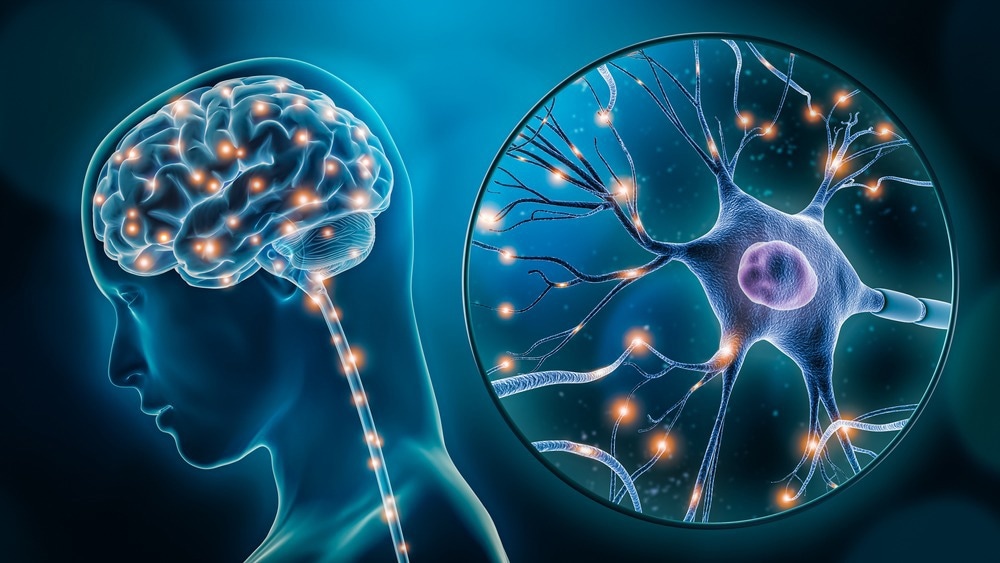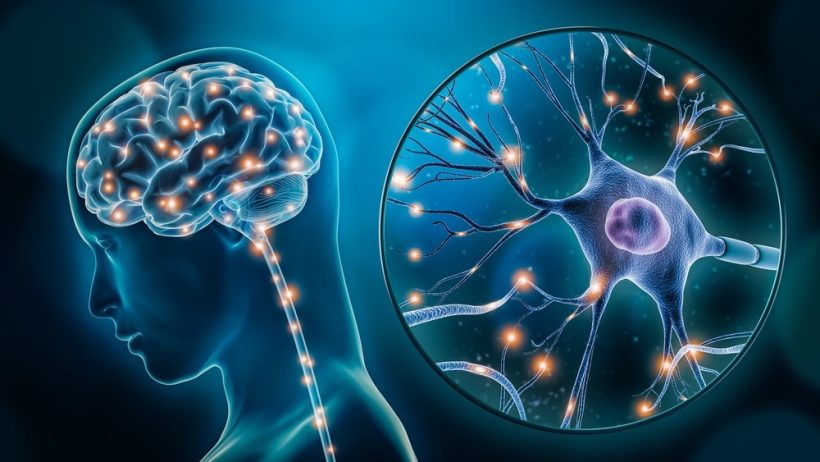https://aboriginalhealth.net/top/coumadin-heartburn/
Defining computational neuroscience
The evolution of computational neuroscience
Computational neuroscience in the twenty-first century
Some examples of computational neuroscience
The SpiNNaker supercomputer
Frontiers in computational neuroscience
References
Further reading
The human brain is a complex and unfathomable supercomputer. How it works is one of the ultimate mysteries of our time. Scientists working in the exciting field of computational neuroscience seek to unravel this mystery and, in the process, help solve problems in diverse research fields, from Artificial Intelligence (AI) to psychiatry.

Image Credit: MattL_Images/Shutterstock.com
Computational neuroscience is a highly interdisciplinary and thriving branch of neuroscience that uses computational simulations and mathematical models to develop our understanding of the brain. Here we look at: what computational neuroscience is, how it has grown over the last thirty years, what its applications are, and where it is going.
Defining computational neuroscience
The evolution of computational neuroscience
The term Computational Neuroscience was first coined by Eric L. Schwartz at a conference held in 1985. The first graduate program titled the ‘Computational and Neural Systems (CNS) PhD Program’ was instituted at the California Institute of Technology that same year. The field is built on two disciplinary research traditions:
- Neurophysiology
The Hodgkin and Huxley model of action potentials is the cornerstone of this field. In 1952 Hodgkin and Huxley devised a mathematical model describing the underlying mechanism of how neuronal action potentials are initiated and propagated. After this influential model came mathematical models for neural population dynamics and learning and memory upon which our current understanding is built
- Experimental psychology and neuroscience
Information processing and learning; artificial neural networks of the 1960s and learning algorithms that are at the heart of the modern revolution in AI
Computational neuroscience is nowadays and common component of the university curriculum, and since the 1980s, the field has grown over three decades into the thriving international research community that it is today.
Computational neuroscience in the twenty-first century
During the twentieth century, scientists working on the border of biology and physics became increasingly collaborative. These molecular biologists sought to unravel the mystery of life. They went in search of that elusive entity: the gene. The twenty-first century brings curious minds to that utmost of puzzles: the complexities and workings of the human mind.
Enter computational neuroscience. The human brain cannot be understood through experiments alone; this is where computational modeling comes in. Computational neuroscience employs mathematical models, statistical analyses, computerized simulations, theoretical analyses, and abstractions to understand the brain. This does not negate the need for an experiment. Rather it is a necessary but complementary pursuit. Experimentation is deployed in concert with computerized modeling in an iterative process whereby scientists work toward building our understanding of the human mind.

Image Credit: Gorodenkoff/Shutterstock.com
The interdisciplinary field of computational neuroscience draws upon approaches from electrical engineering, computer science, physics, mathematics, and neuroanatomy, in addition to the fields of neurophysiology and experimental psychology given above.
Some examples of computational neuroscience
What are some examples of computational neuroscience?
- Neuromorphic Technology as the basis of the ‘supercomputer’
- International collaborative efforts in neuroscience
More specific examples include:
- The European Human Brain Project
- The US Brain Initiative
- The SpiNNaker supercomputer
- Brainscales Computer
The SpiNNaker supercomputer
The term SpiNNaker pertains to “Spiking Neural Network Architecture” and the SpiNNaker supercomputer was invented by Steve Furber at the University of Manchester, UK. The SpiNNaker was first operational in 2018 and comprised an innovative computer architecture modeled on the human brain. A silicon brain, if you like.
The SpiNNaker supercomputer is a ground-breaking venture built up of a parallel computing platform that comprises three key areas of research:
- Neuroscience –simulation of neuronal networks comprising billions of simple neural structures or millions of complex structural arrangements and dynamics
- Robotics –the computer architecture can simulate a network of tens of thousands of spiking neurons (spiking neural networks or SNNs are artificial neural networks that mimic natural neural networks) in real time and at low power. It is this latter feature that holds attraction for researchers in robotics who require mobile, low-power computation
- Computer Science – The brain is a highly dynamic, complex, and interconnected structure. Computational neuroscience parts with research tradition in computer science by making a break with determinism.
Frontiers in computational neuroscience
Computational science interacts with and advances cutting-edge research in AI and machine learning. The Second-generation SpiNNaker Neuromorphic Supercomputer at TU Dresden can now simulate brain-size network in real time. The model combines high-throughput machine learning and sensor processing at millisecond latency. It is designed to bridge the gap between realistic brain modeling and AI. According to Furber, there is “still a great deal to learn from biology if we are to realize the full potential of AI in the future.”
Meanwhile, in medical science and human psychology, the growing body of knowledge from this field will aid our understanding of mental diseases. Rather fittingly, a new field of computational psychiatry has sprung up. Also, thanks to computational neuroscience, there is a growing body of knowledge on the subcortical region of the brain regulating affective behaviors and the mechanisms of cognitive function. We know much more about working memory, decision-making, selective attention, and executive control of flexible behavior.
References
- APT group (n.d.) SpiNNaker Home Page. University of Manchester. Online: https://apt.cs.manchester.ac.uk/projects/SpiNNaker/.
- Gent, E. (2018) The SpiNNaker Supercomputer, Modeled After the Human Brain, Is Up and Running. SingularityHub. Online: https://singularityhub.com/2018/11/19/the-million-core-spinnaker-supercomputer-is-up-and-running/.
- Human Brain Project (2019) Second Generation SpiNNaker Neuromorphic Supercomputer to be Built at TU Dresden. Online: https://www.humanbrainproject.eu/en/follow-hbp/news/second-generation-spinnaker-neurorphic-supercomputer-to-be-built-at-tu-dresden/.
- Trappenberg, T. (2010) Fundamentals of Computational Neuroscience. Oxford University Press.
- Wang, X-J., et al. (2020) Computational Neuroscience: A Frontier of the 21st Century. National Science Review. Doi: 10.1093/nsr/nwaa129.
Further Reading
- All Neuroscience Content
- What is Neurology?
- What is the Difference between Neurology and Neuroscience?
- What is Neuroscience?
- Implicit vs. Explicit Memories
More…
Last Updated: May 1, 2023

Written by
Dr. Nicola Williams
I’m currently working as a post-doctoral fellow in the History of Science at the Leeds and Humanities Research Institute (LAHRI), at the University of Leeds. Broadly speaking my research area falls within the remit of the history of biology and history of technology in the twentieth century. More specifically I have specialist knowledge in the areas of electron microscopy and cellular and molecular biology, women in science and visual culture.
Source: Read Full Article
